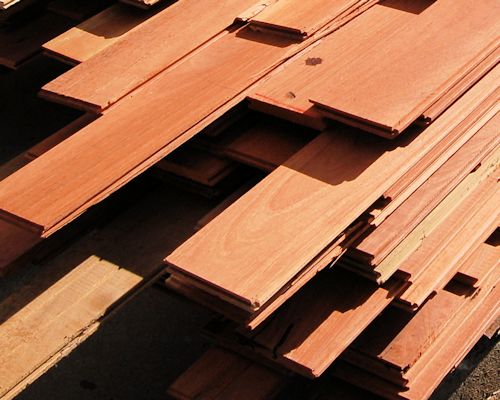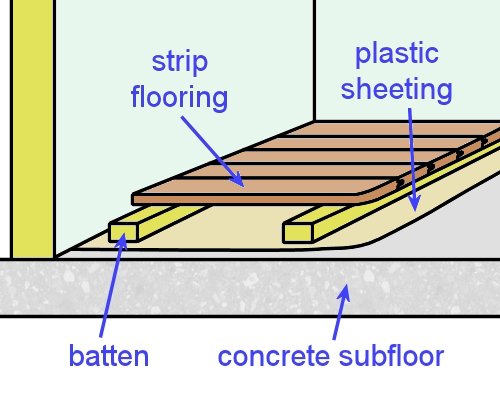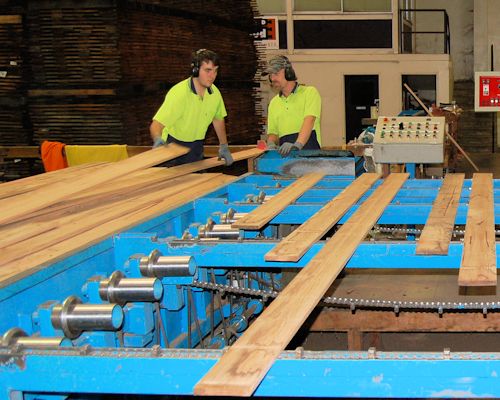Identifying resources
Requirements:
Materials used in the installation
'Process' energy used directly in the installation process
'Non-process' energy used to support the installation process
Natural resources needed to produce:
Go to Measuring usage levels

Industry Network Training and Assessment Resourses
© 2023 Workspace Training








